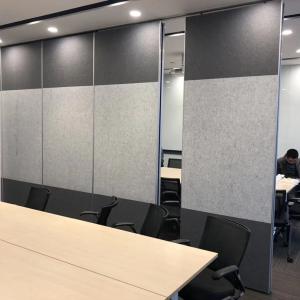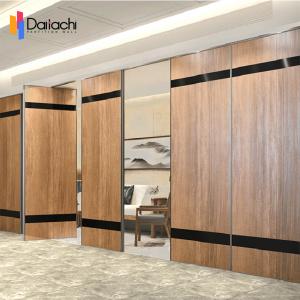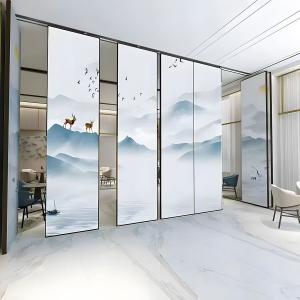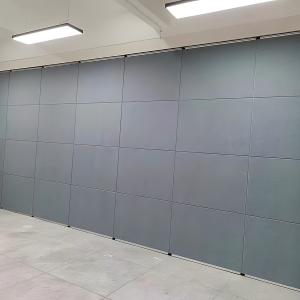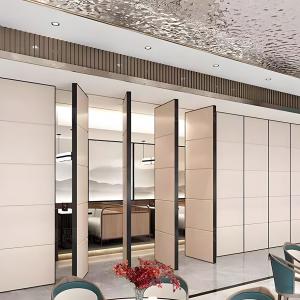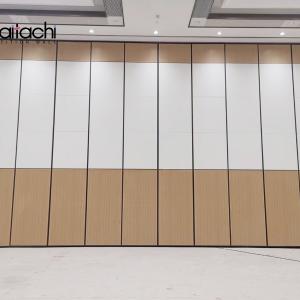In modern urban living, small spaces have become increasingly common. As many homeowners focus on how to achieve efficient renovations within limited areas, here are some practical tips that can not only enhance space utilization but also significantly improve the living experience.
Multifunctional furniture is essential for small space renovations. For instance, opt for beds with storage features, foldable dining tables, or height-adjustable desks. These pieces can save space when not in use and meet various needs when required, maximizing functionality without sacrificing style.
Walls are often overlooked as valuable space resources. Installing wall-mounted bookshelves, hooks, or foldable wall desks can effectively make use of vertical space, reducing floor clutter while increasing storage and display capabilities. This approach not only enhances organization but also adds character to the room.
An open layout can break down spatial limitations, making small areas feel more expansive. By removing unnecessary walls or using glass partitions and movable walls, you can create a sense of openness that promotes light and air circulation. This design strategy not only enhances the aesthetic but also improves the overall flow of the space.

Mirrors can reflect light and add visual depth to a space. Thoughtful placement of mirrors can make small areas appear larger. Additionally, ensuring ample natural light and implementing effective lighting designs can significantly boost brightness and comfort, contributing to a more inviting atmosphere.
Choosing light-colored walls and furniture can create an illusion of spaciousness. Cool tones, like blues and greens, can foster a sense of tranquility, while warm tones, such as yellows and oranges, can add warmth and coziness. A well-thought-out color palette can alter the mood of the space, enhancing the overall living experience.
Custom furniture can be designed to fit specific dimensions and shapes of a space, maximizing every inch effectively. For example, bespoke wardrobes, bookshelves, and cabinets can be arranged according to actual needs, preventing wasted space and providing a tailored solution that reflects individual style and functionality.
